My final blog post in the Japan series is a small glimpse into the beauty of Kyoto. The city is full of history and stories, as you would expect of a place that was the power center of an empire for a 1000 years. It is probably most known for the temples and shrines, with around 2000 of them scattered around the city. But during it’s long history it was an important epicenter for the development of architecture, art, japanese cuisine and of course the geisha tradition in the Gion distict.
Of course it’s difficult to avoid visiting temples and shrines when in Kyoto. When I was first here in 2003 it was summer and visting the beautiful gardens and cool temple houses was wonderful. Rediscovering those in the winter was a different and more chilly experience but still a great experience. Our first stop on the Kyoto temple and shrine tour was Fushimi Inari-taisha. A shinto shrine dedicated to Inari, the god of rice, and located on the mountain with the same name. Inari is also worshiped by merchants and buisness owners and each torii gate was donated by a local buisnesses to either get a wish or say thank you for a wish coming true. We went there to see the rows of torii gates, but we had no idea these lined the whole path up to the top of the mountain, around 10,000 of them! It was a two hour hike through the woods, with smaller shrines to stop at along the way. While the bottom was impossibly crowded, the crowds thined as we wound our way to the top.
The fox or kitsune is an important figure in japanese folklore. They are often found associated with Inari shrines and are seen as the messangers of Inari, although they also have shrines of their own. As in much of japanese folklore the role of kitsune is multifasceted. They have the power to ward off evil but they can also be tricksters with mischievous intentions and one must be careful when dealing with them.
Out of the hundreds of temples in Kyoto, we decided to visit three of the more famous ones. Nanzen-ji and Ginkaku-ji because they are conected via the Path of Philosophy, which is a beautiful 30-minute walk along a canal and tiny streets. Nanzen-ji offers impressive artwork inside the temple buildings and a zen garden, while in Ginkaku-ji you can enjoy a realxing stroll through the Japanese garden (and actually forget you’re in a big city). The road leading up to Ginkaku-ji is really interesting with its multitude of little restaurants and shops, even in the winter cold it was buzzing with life! The third temple we visited was the Kiyomizu-dera. I wanted to go back there because it stuck in my mind from my prevous visit more than a decade ago. By accident we found the back way up to the temple that lead us through an interesting cemetary. The main temple building is a large woodden structure constructed without a single nail. It has a huge terrace with views of the city. Unfortunately for us, it was under constructionand and so we didn’t get to see it. On the birght side, quite literally, the surrounding buildings were very beautiful and we had fun exploring the small streets with craft shops on the main approach to the temple.
My favourite district in Kyoto has to be Arashiyama (嵐山 Storm Mountain). The main attractions there are the Bamboo Grove and the Iwatayama Monkey Park, but what enchanted me were the small out of the way streets and hidden temples and shrines. We walked through the bamboo grove and found it crowded and not that impressive. We’d read about a small temple called Otagi Nenbutsu-ji with 1200 stone statues representing the desciples of Buddha, each with a uniqe face that was a bit off the beaten path and decided to try to find it. The walk to the temple took us through small streets with interesting architecture and small temples and shrines lining the way, all of it only made more magical with the snow. Unfortunately by the time we got to the temple it had closed, but we still got a quick glimps of some of the statues!
A short journey out of Kyoto is Himeji castle, probably one of the more picturesque sights – not that Japan is lacking in those! It is considered as “the finest surviving example of prototypical Japanese castle architecture”. The site of a fort in the area dates back to 1333, but it was rebuilt many times in the following centuries. The castle and surroundings as they are today were built in the 1600s and in 1993 the site was classed as a UNESCO World Heritage Site. The castle was built in the hight of Japan’s feudal period and contains advanced defensive systems. However, as far as we could tell from the signs and explanation boards, the castle was never actually attacked in that time and a lot of the defensive systems didn’t work in practice. Nevertheless it was an important power symbol and very pretty to look at – obviously two of the most important aspects of a feudal castle!

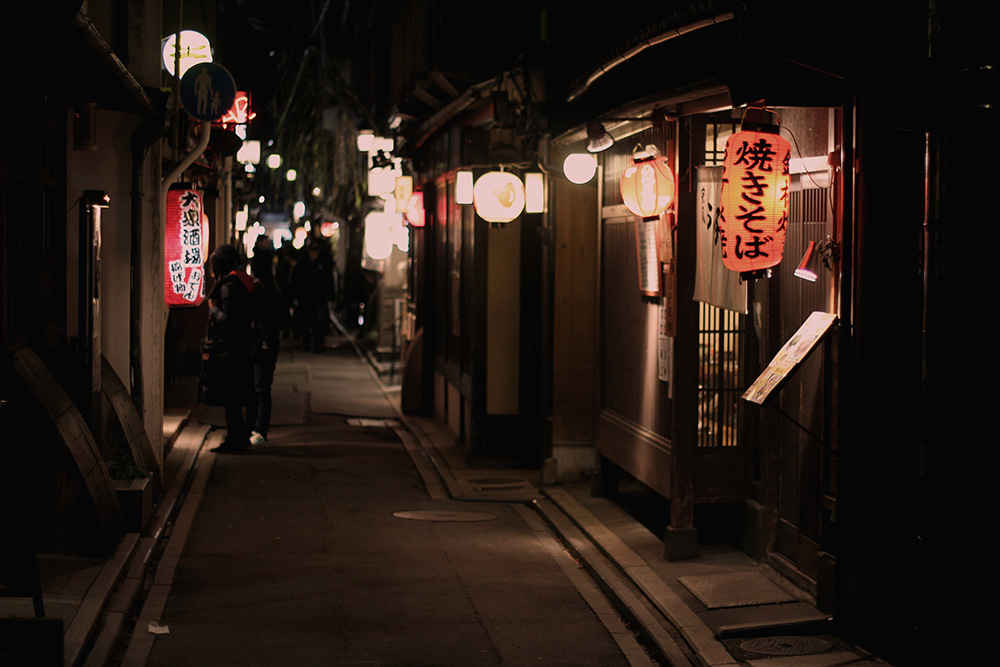
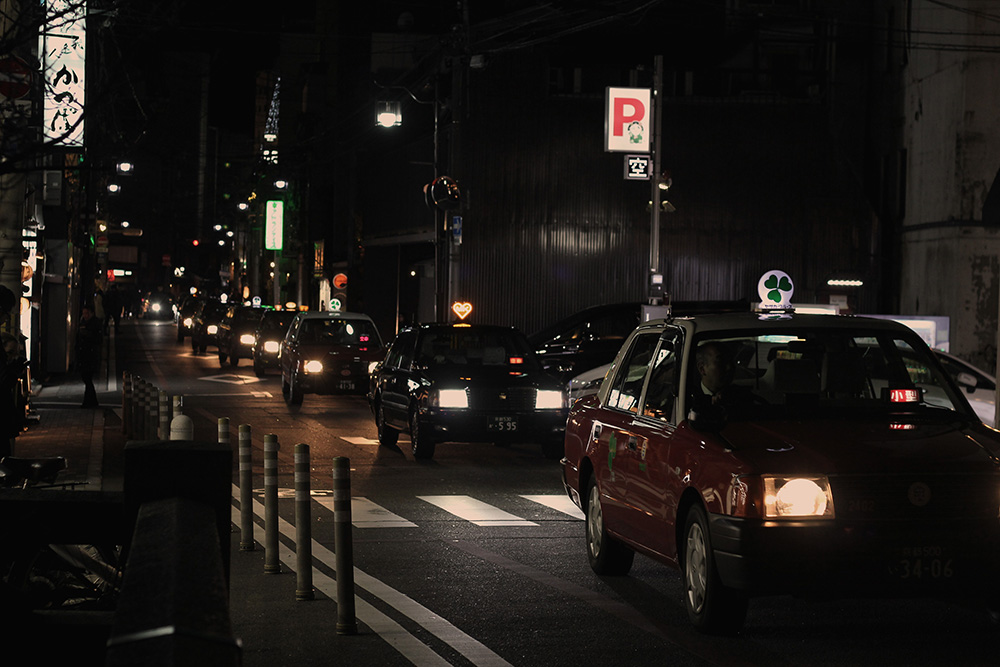
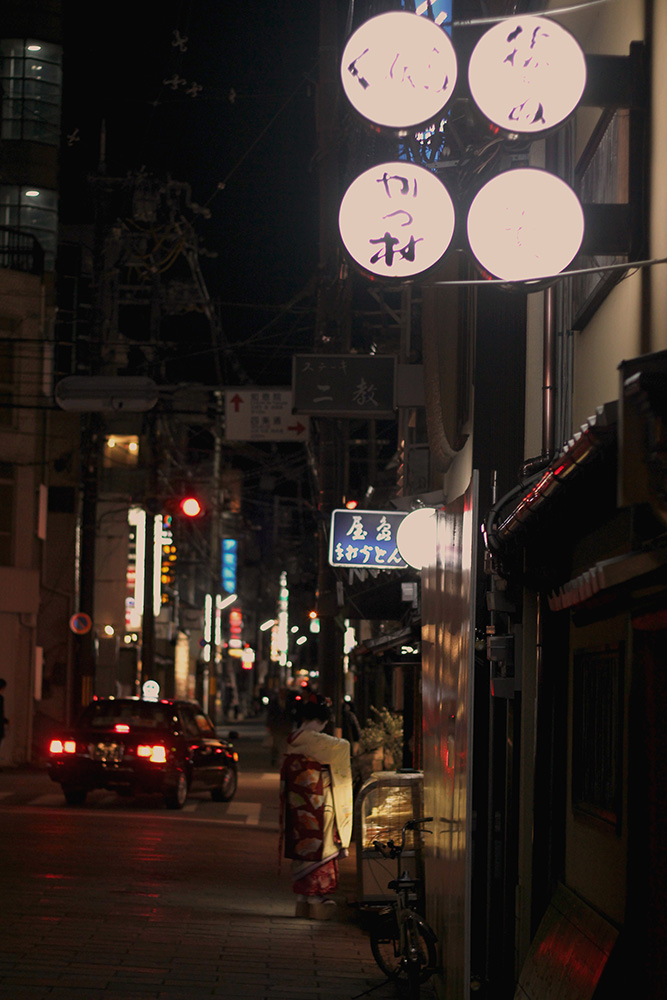
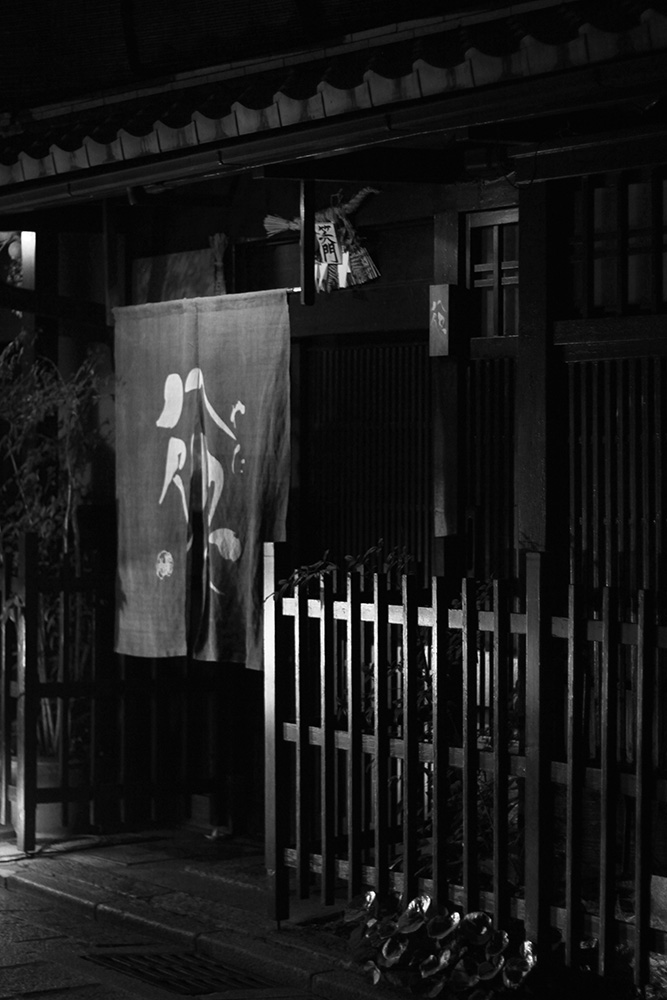
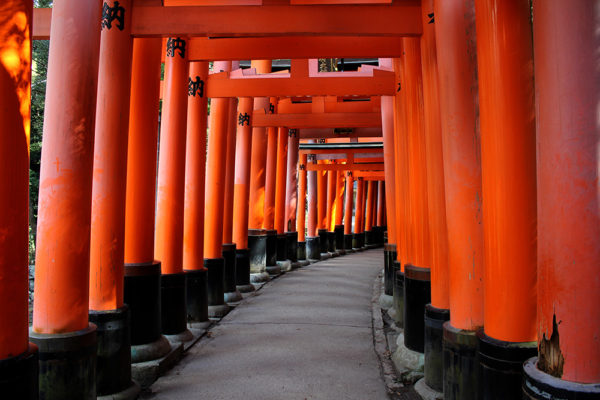
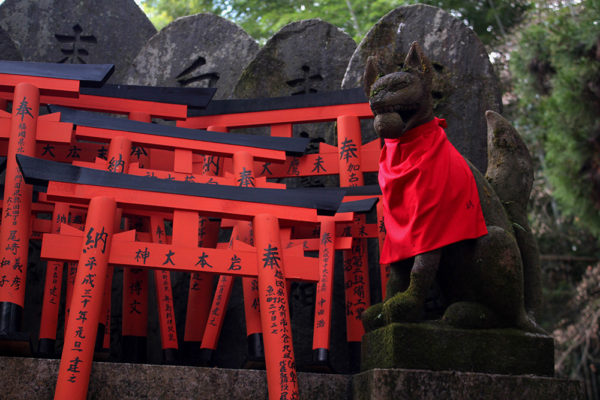
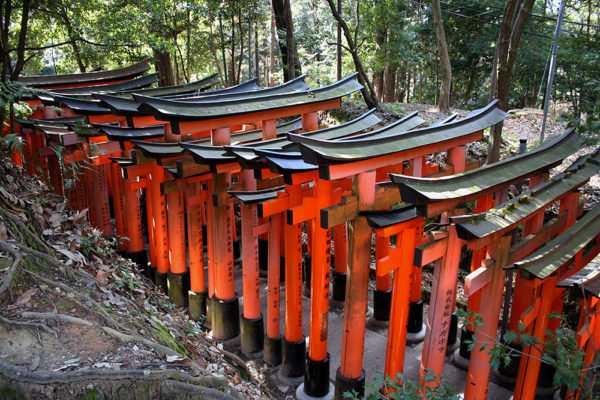
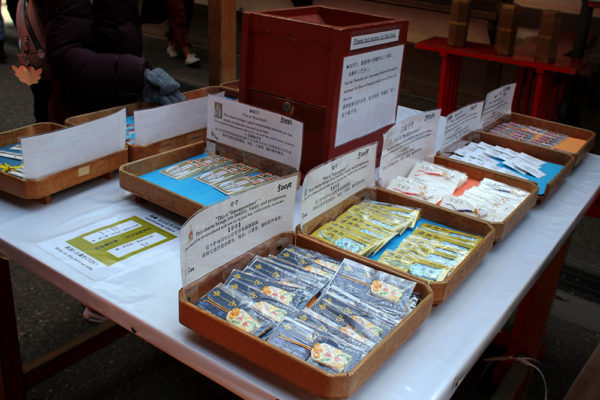
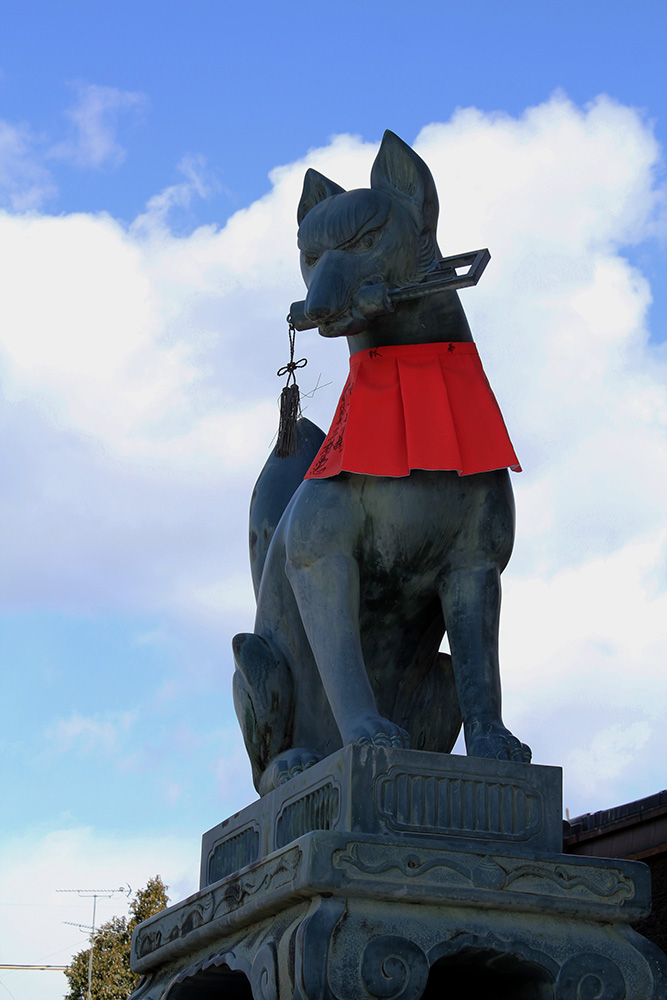
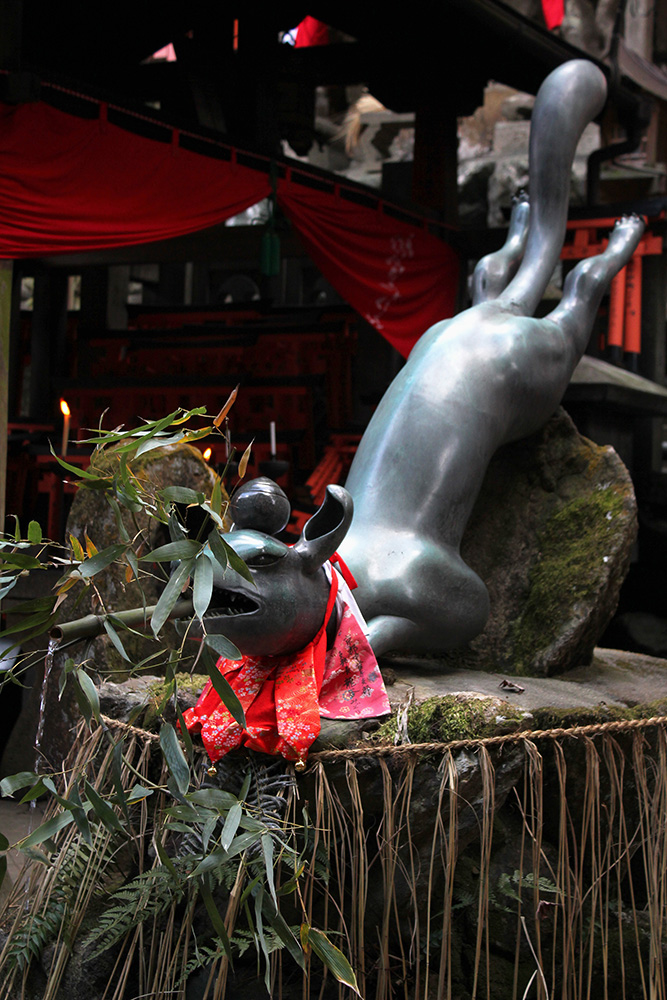
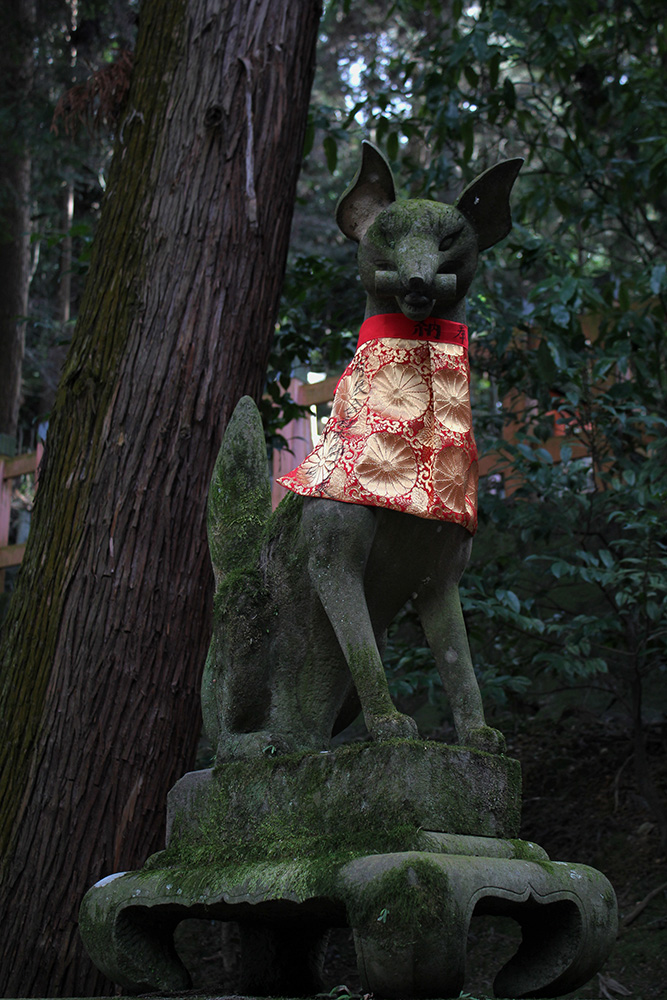
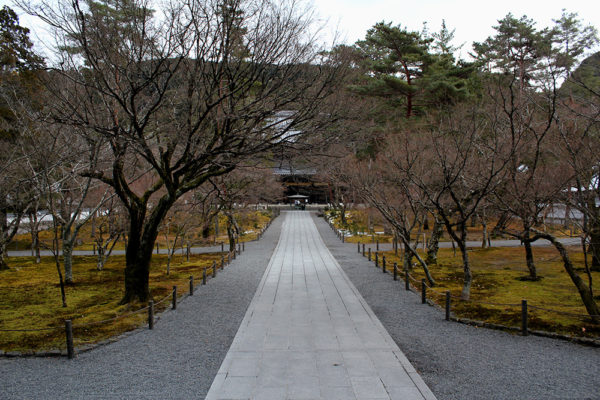
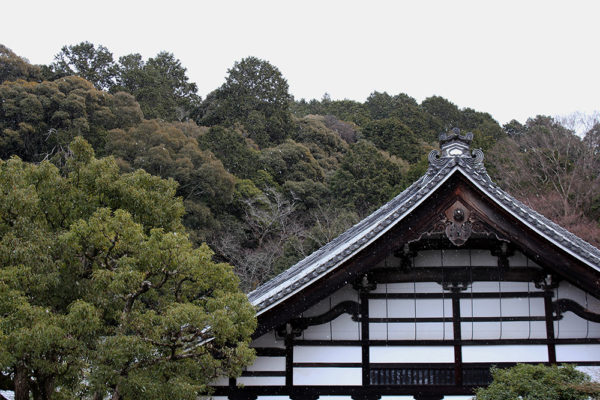
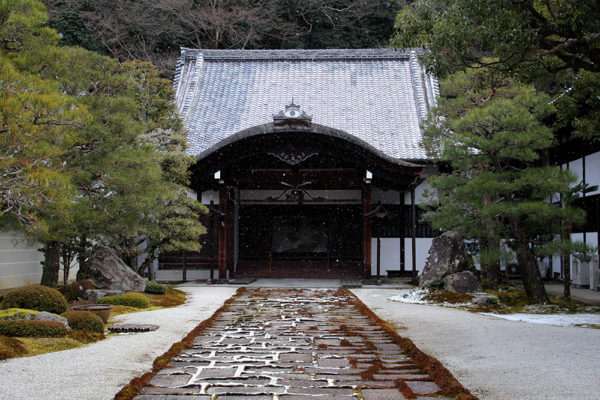
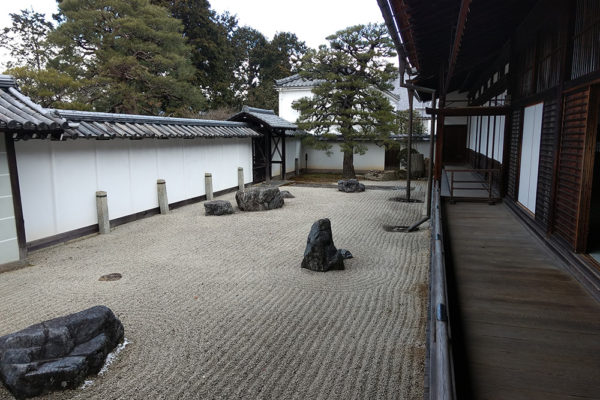
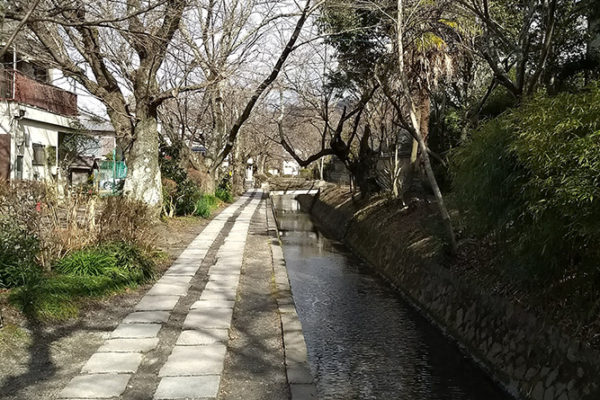
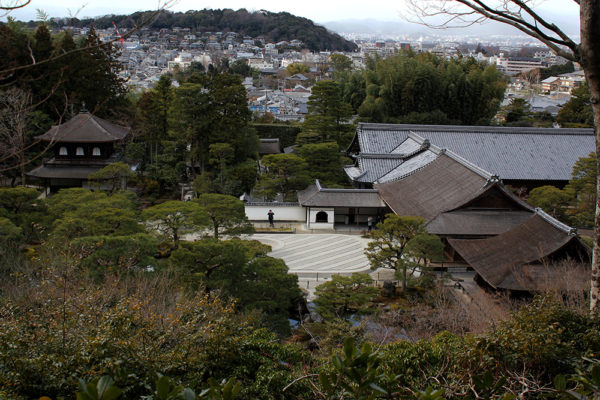
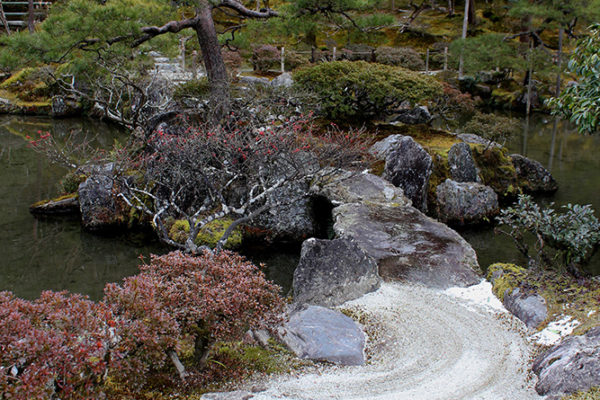
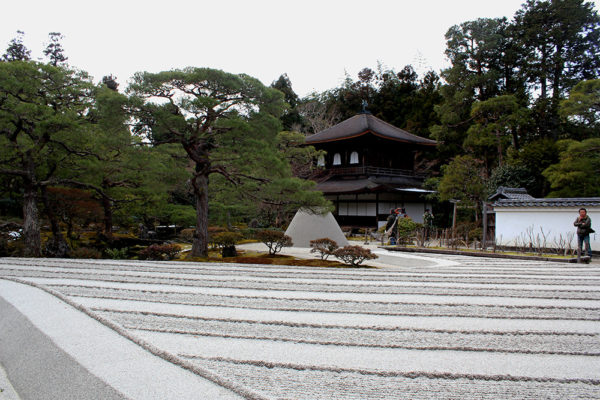
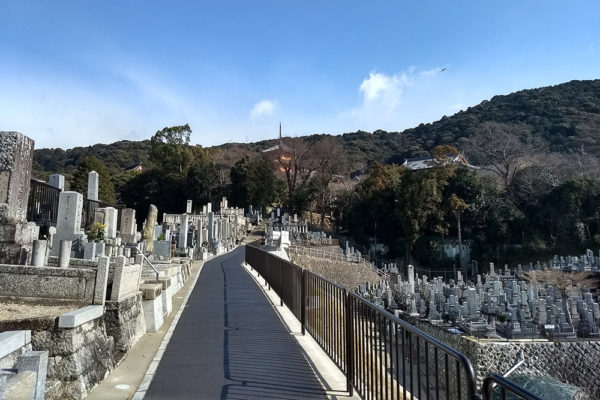
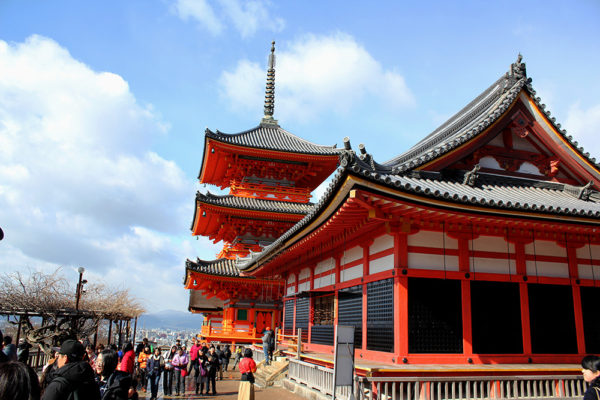
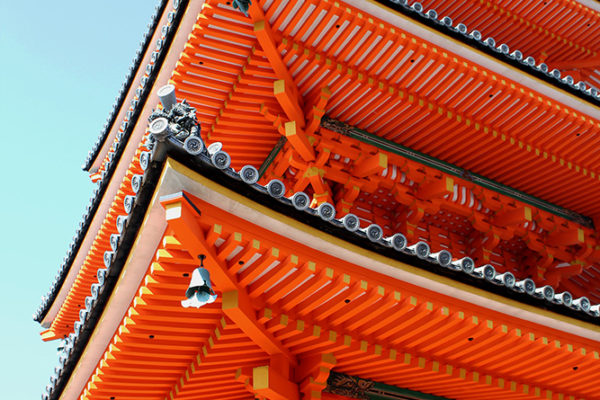
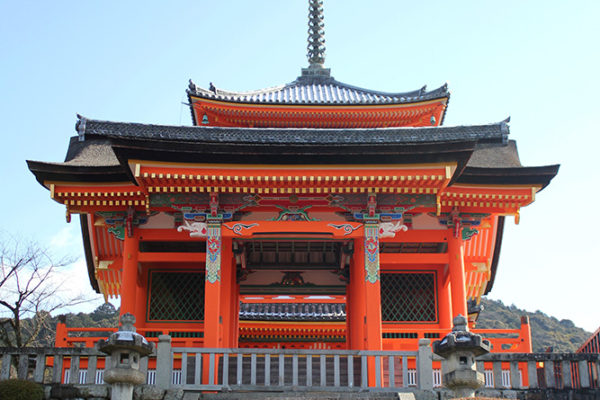
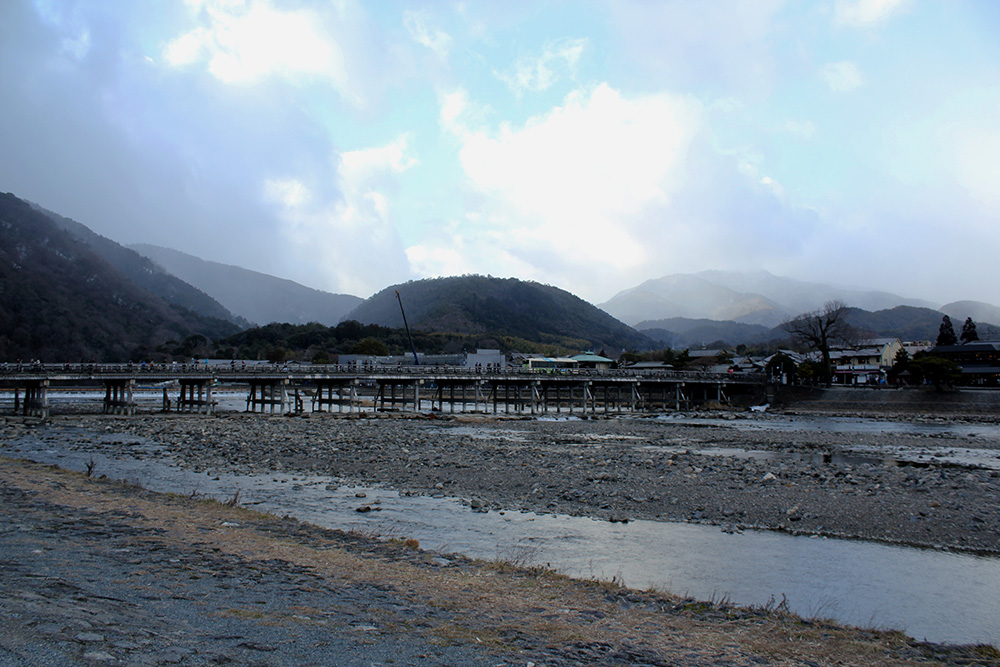
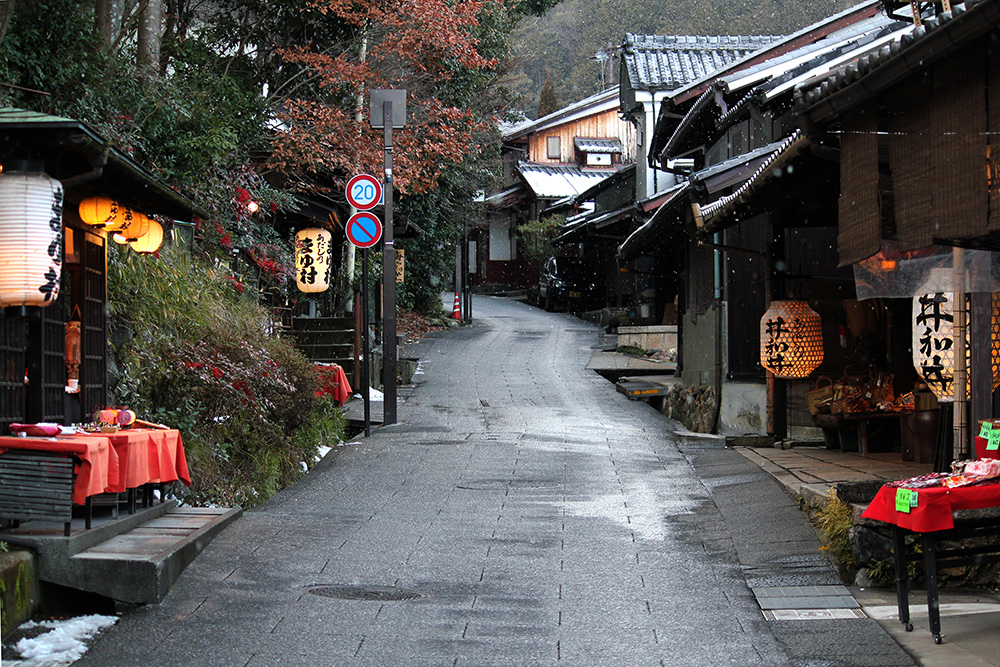
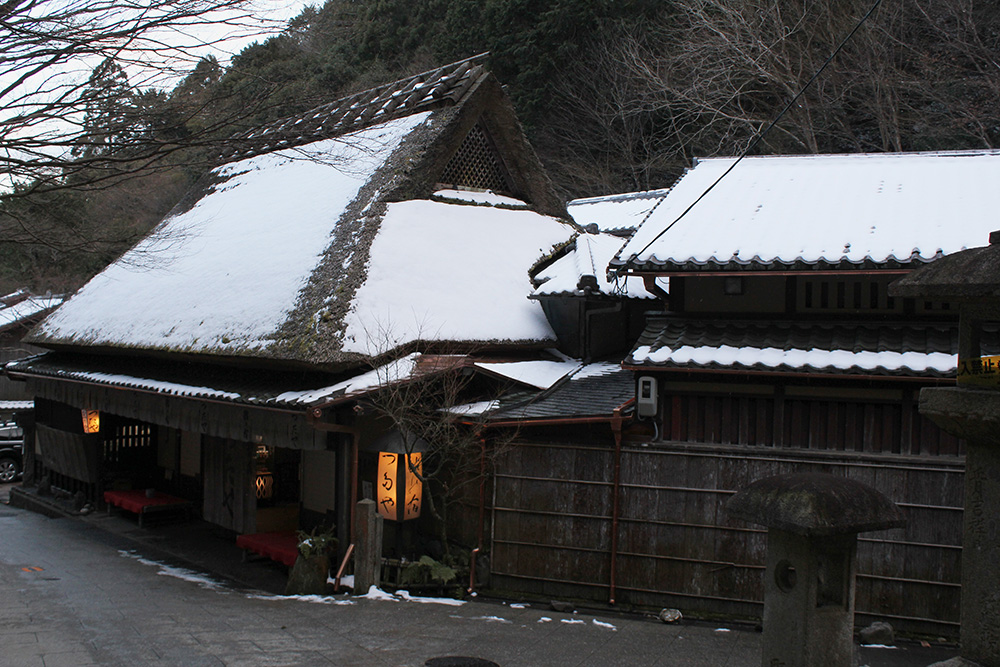
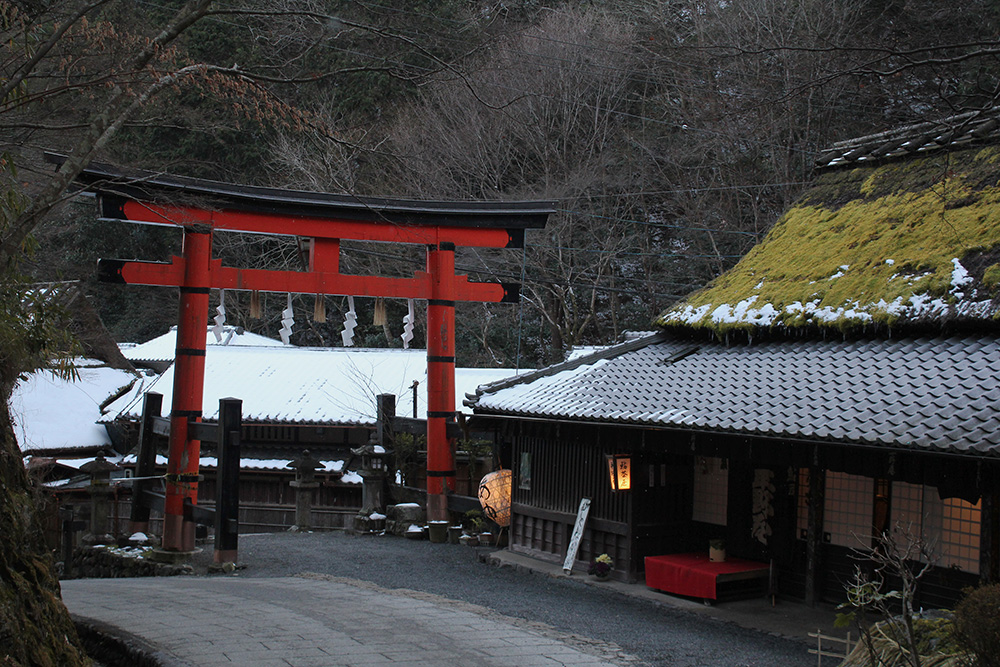
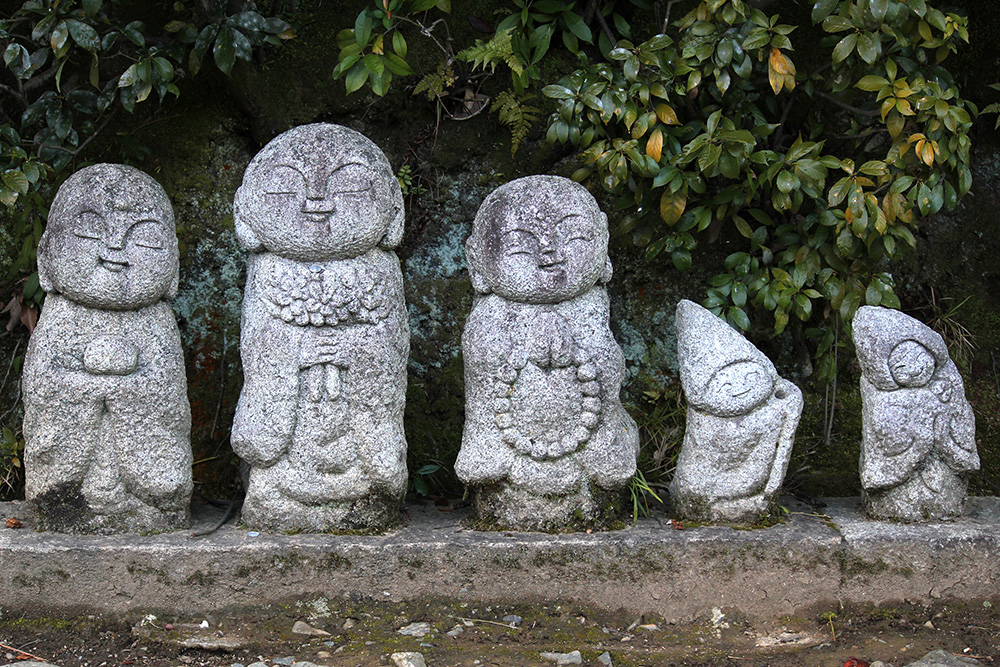
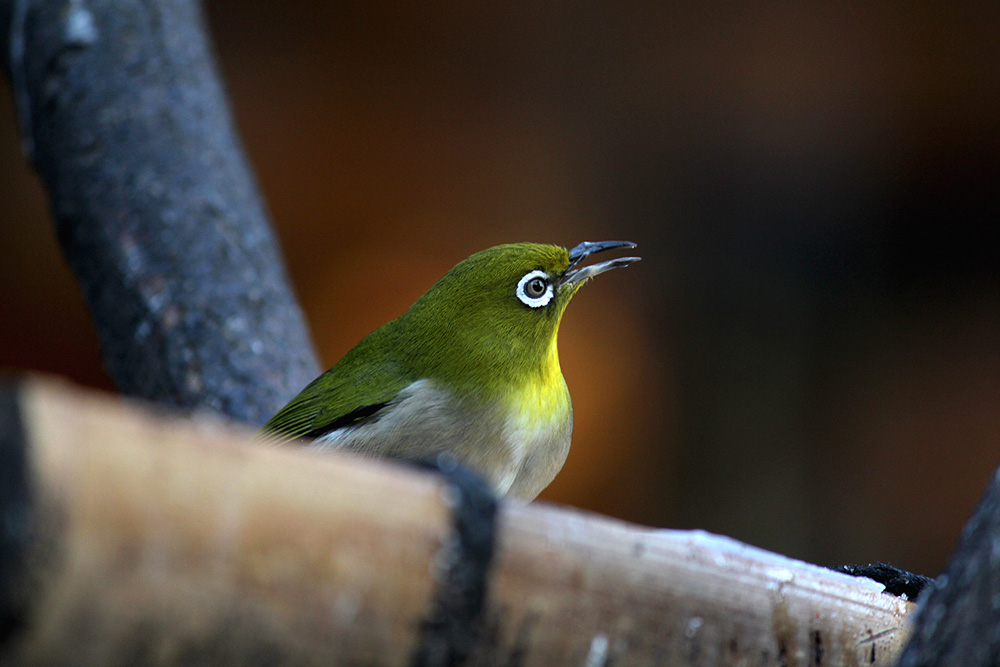
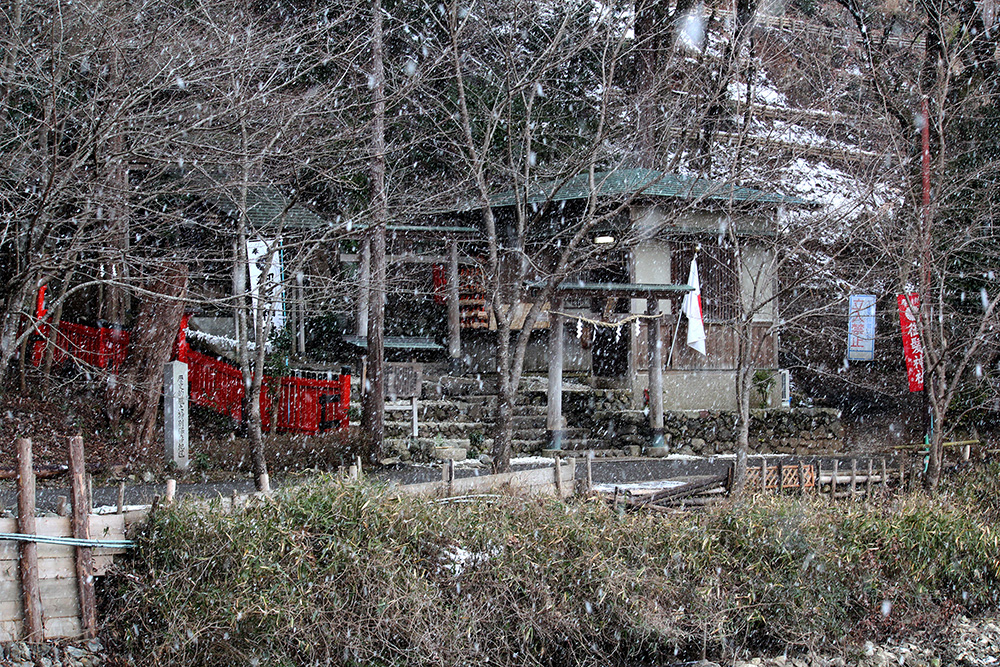
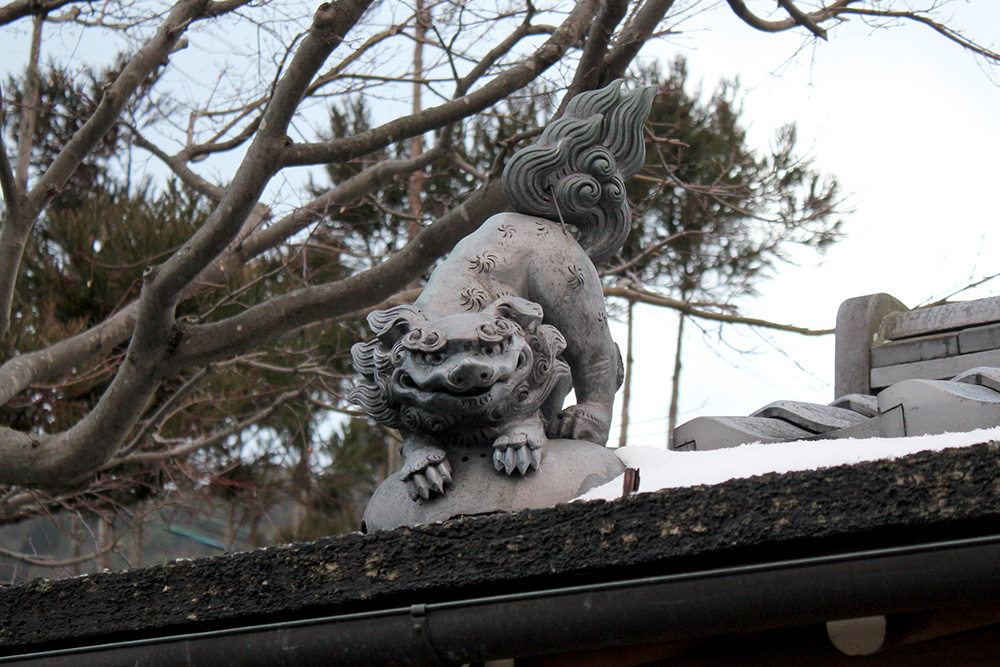

Ojla Sara, še en dober blog – sami znani kraji…brskanje poskoraj pozabljenih fotografijah, ja lepi spomini na Kyoto.
lp, XY
Very Nice blog. Keep on,maKe us Dream